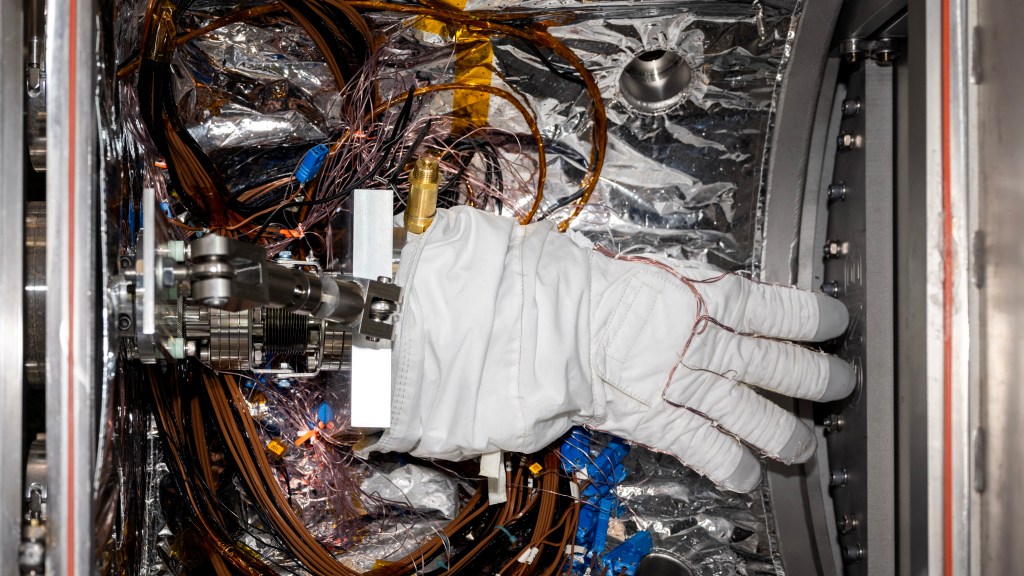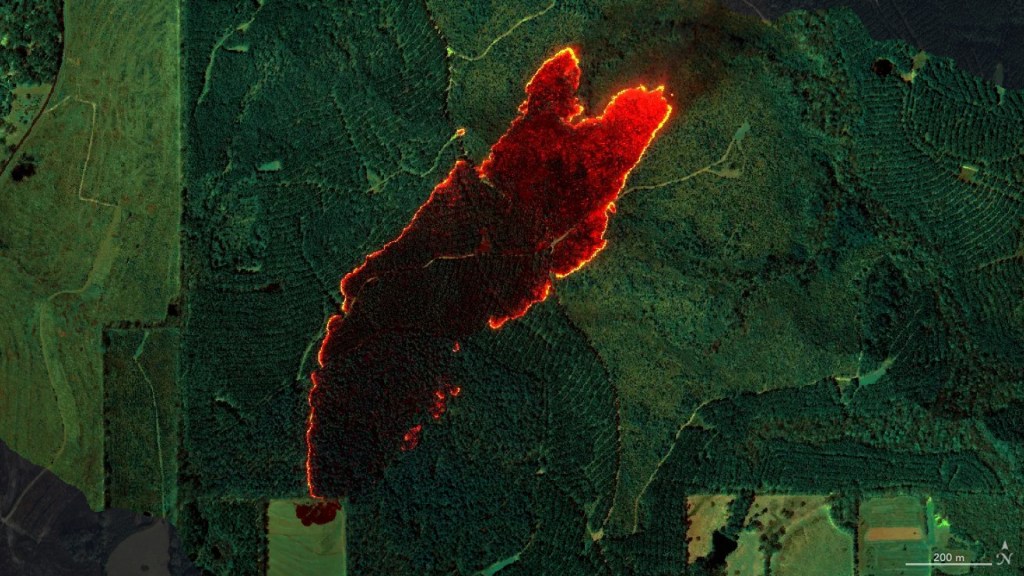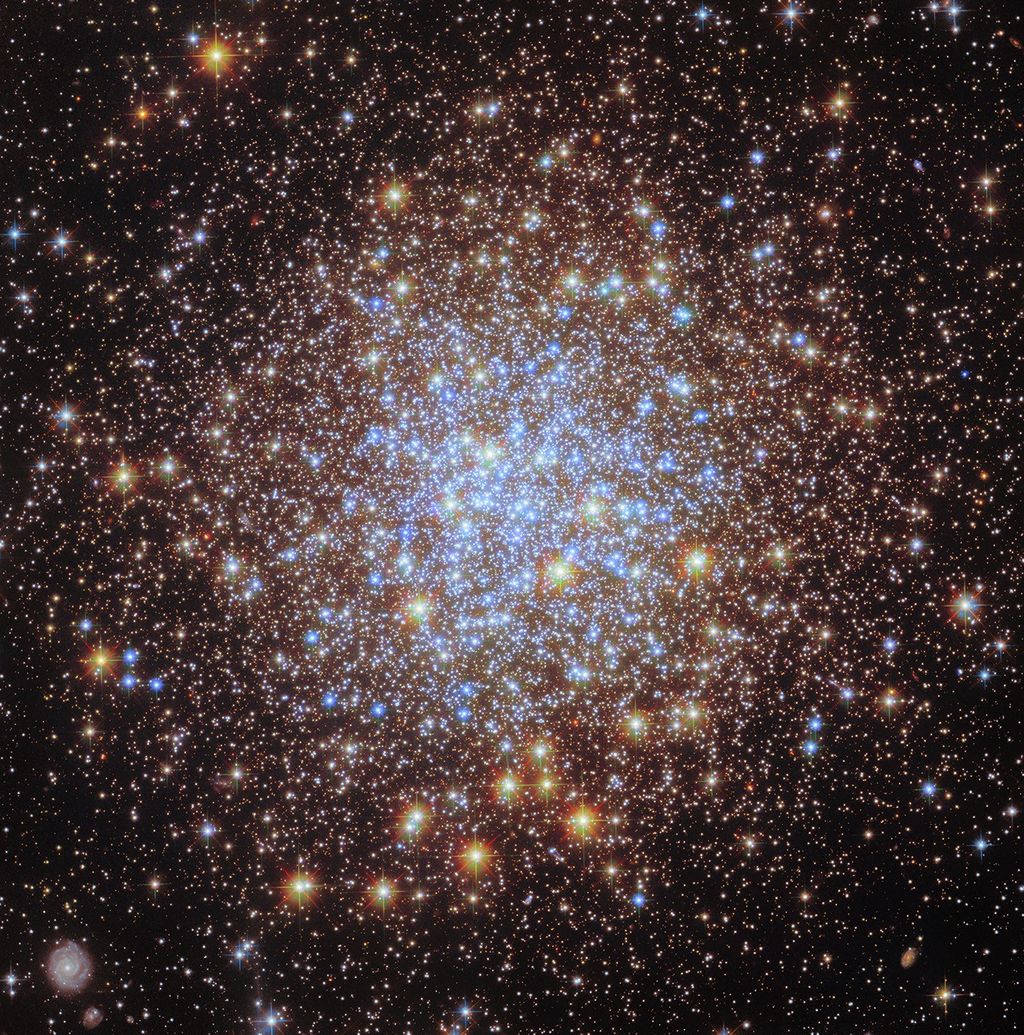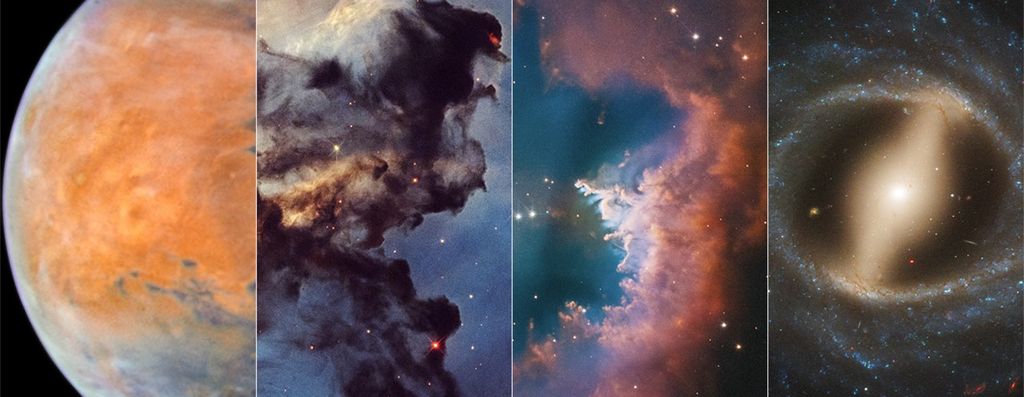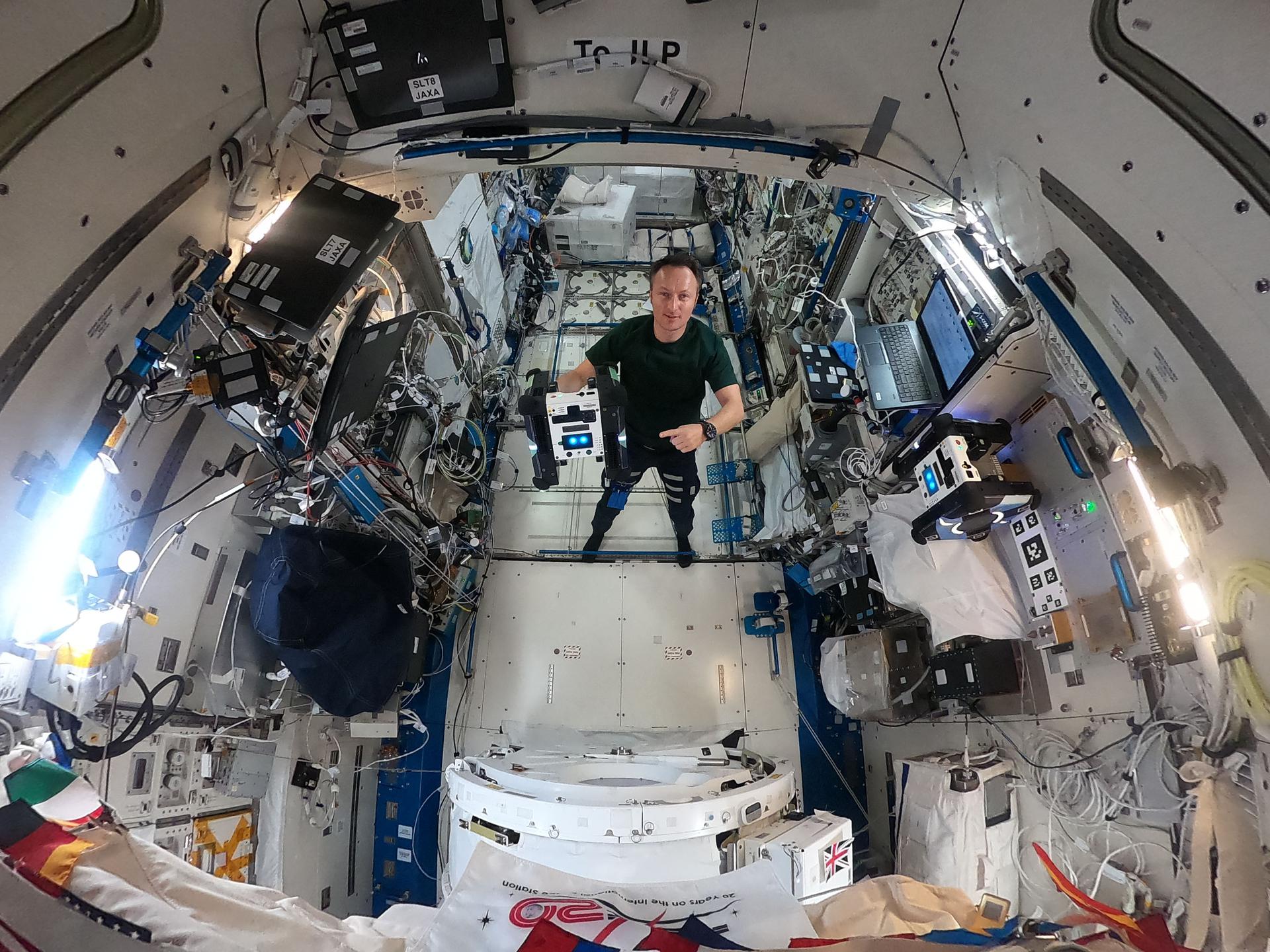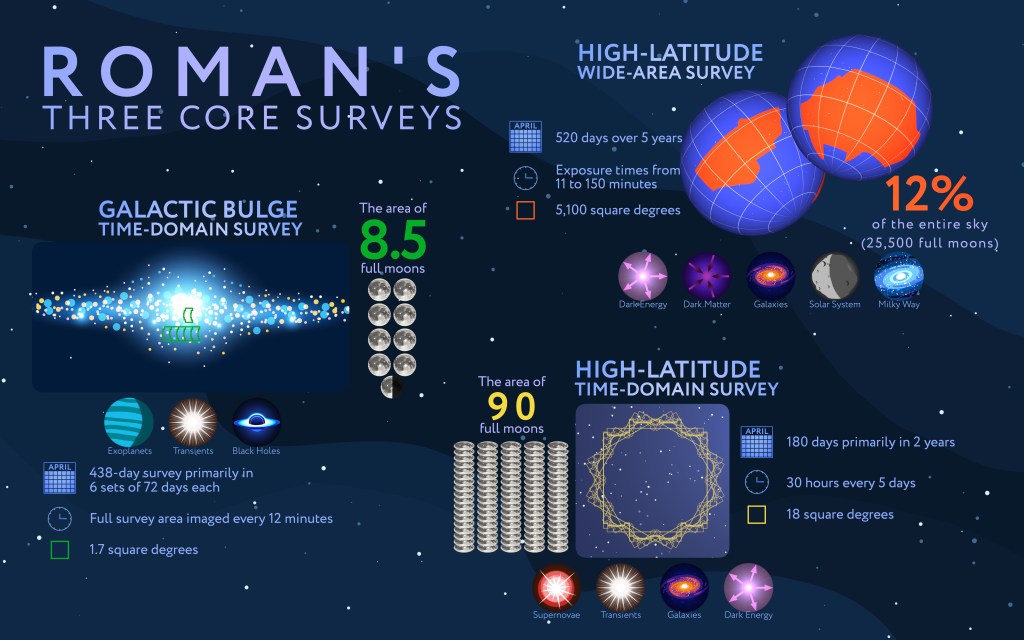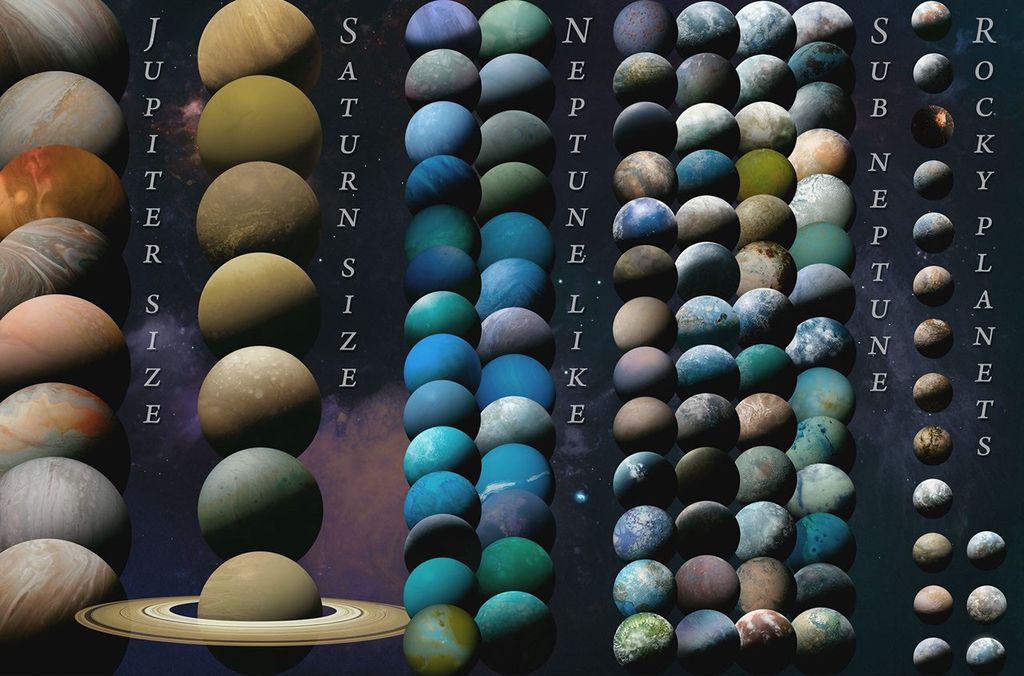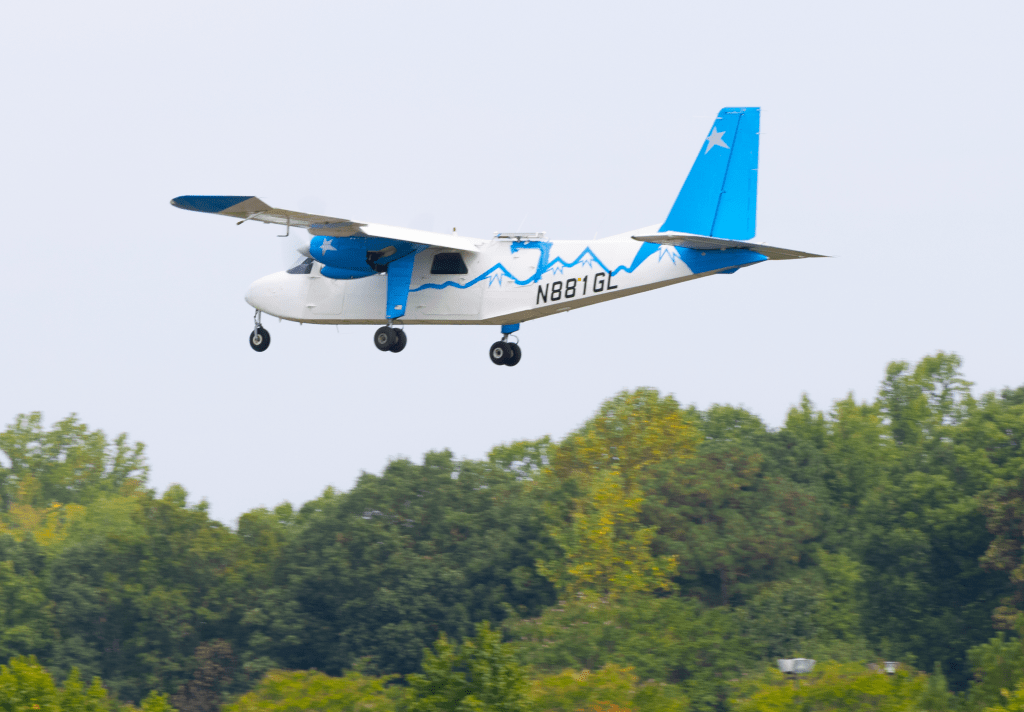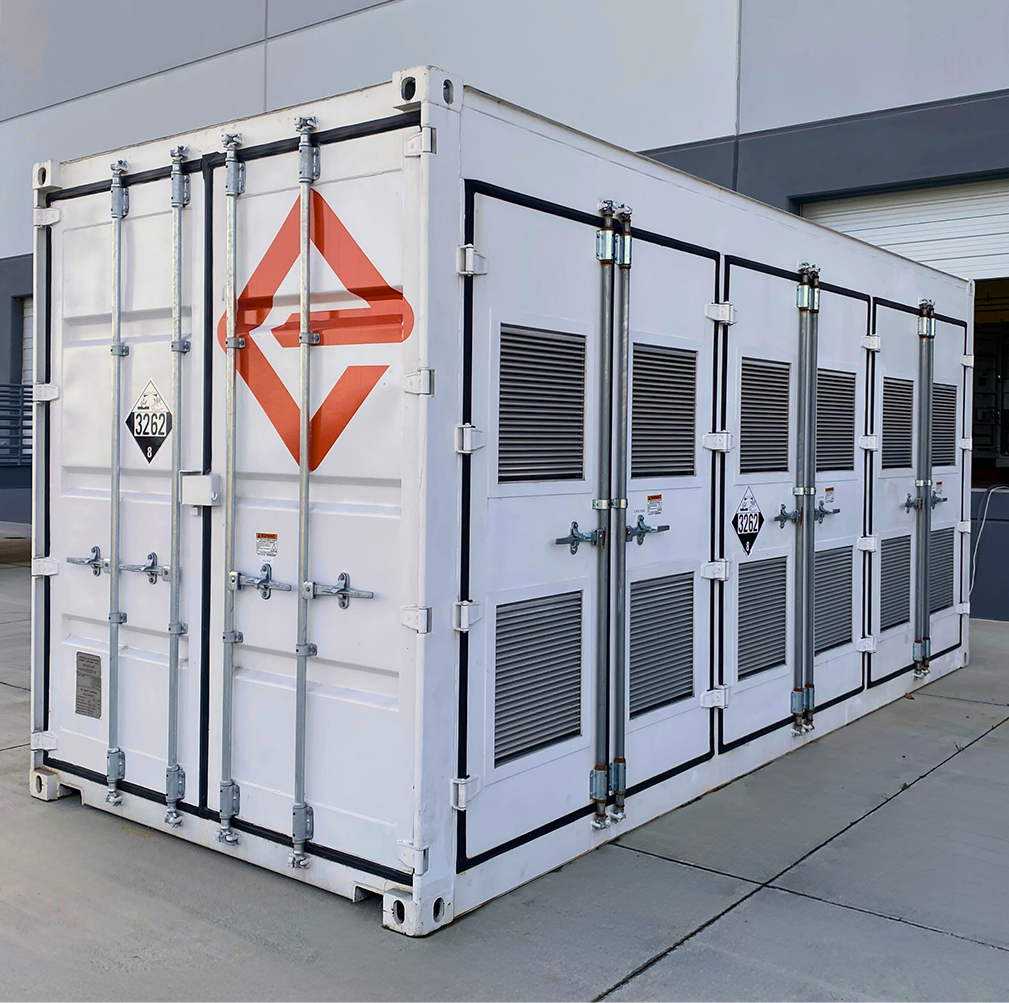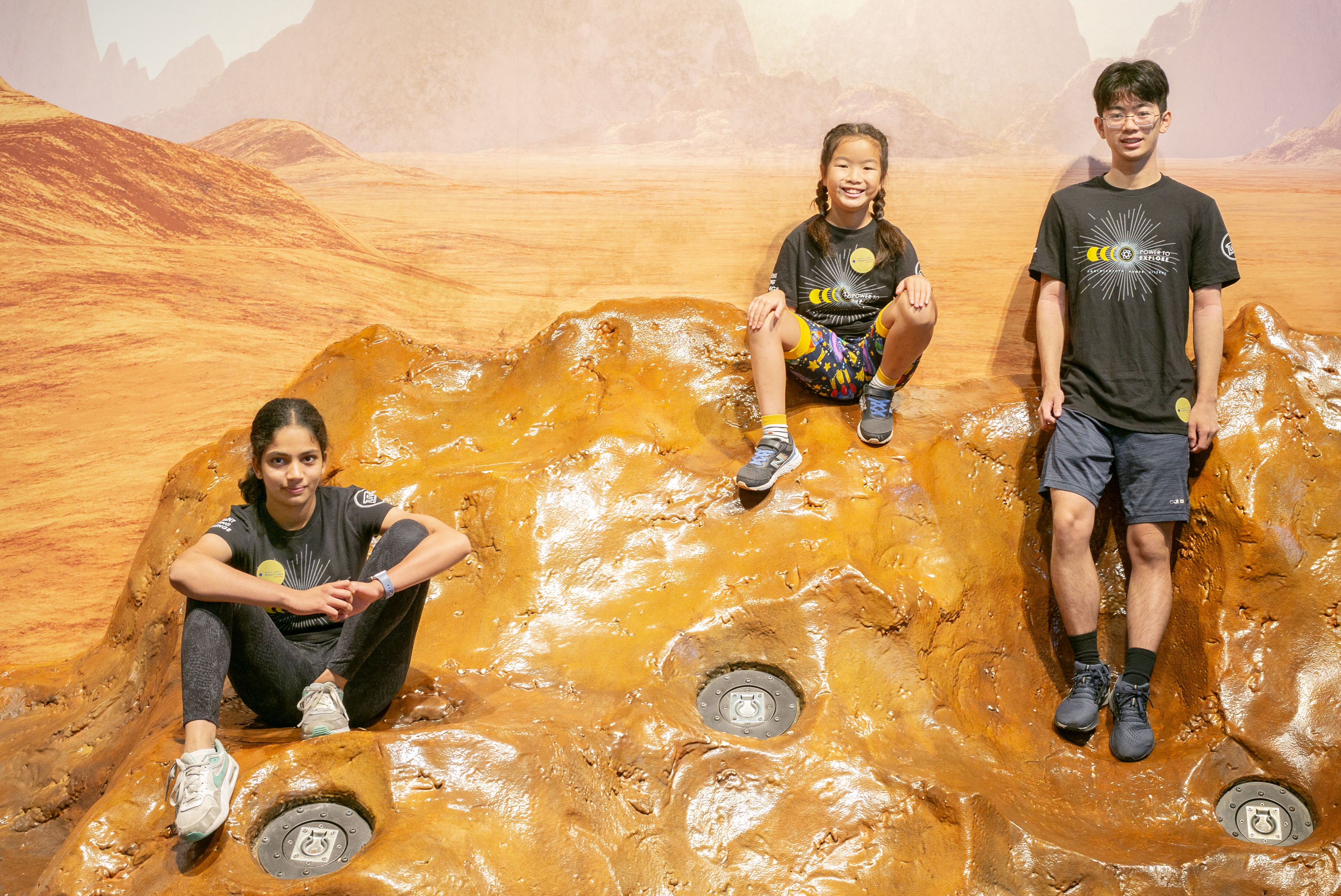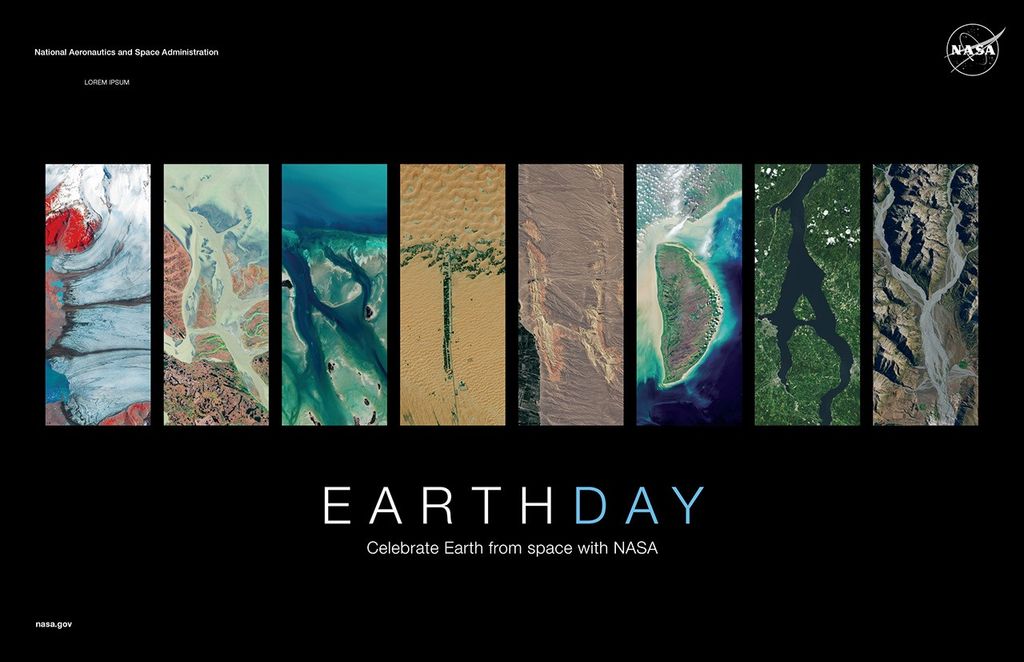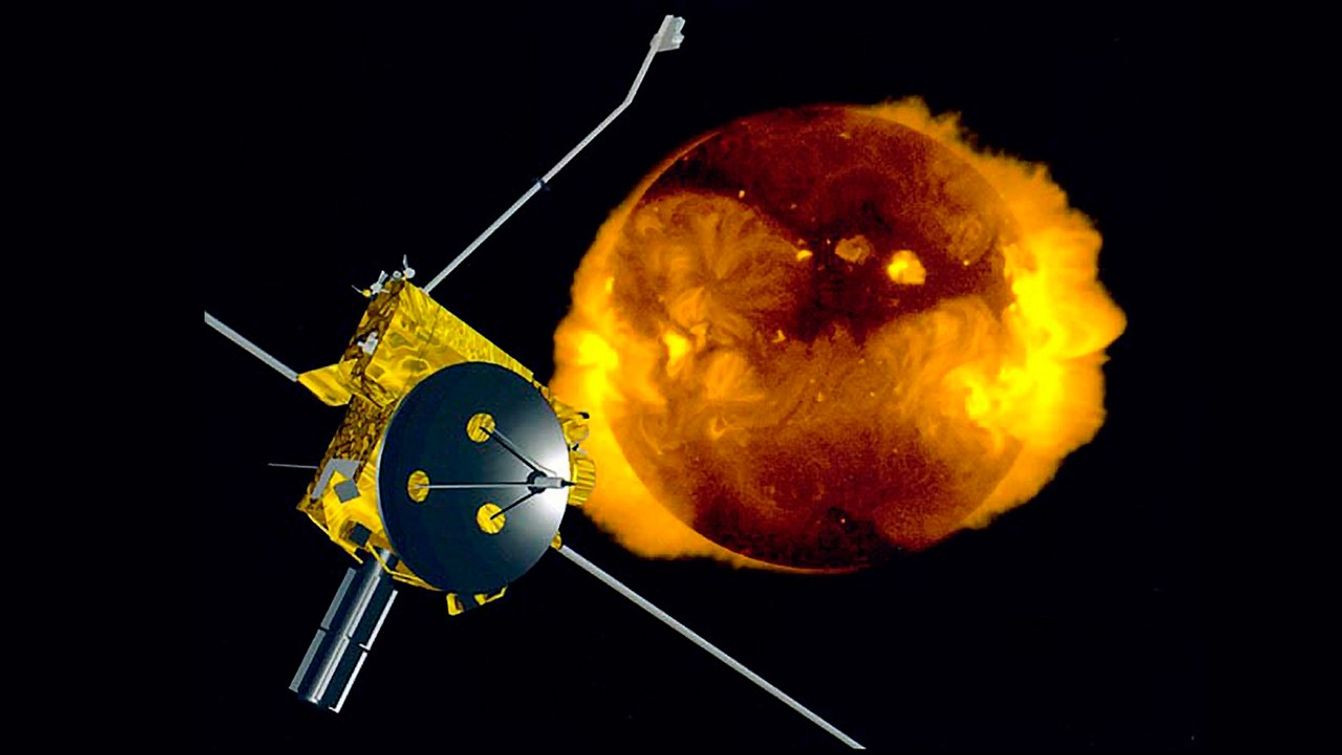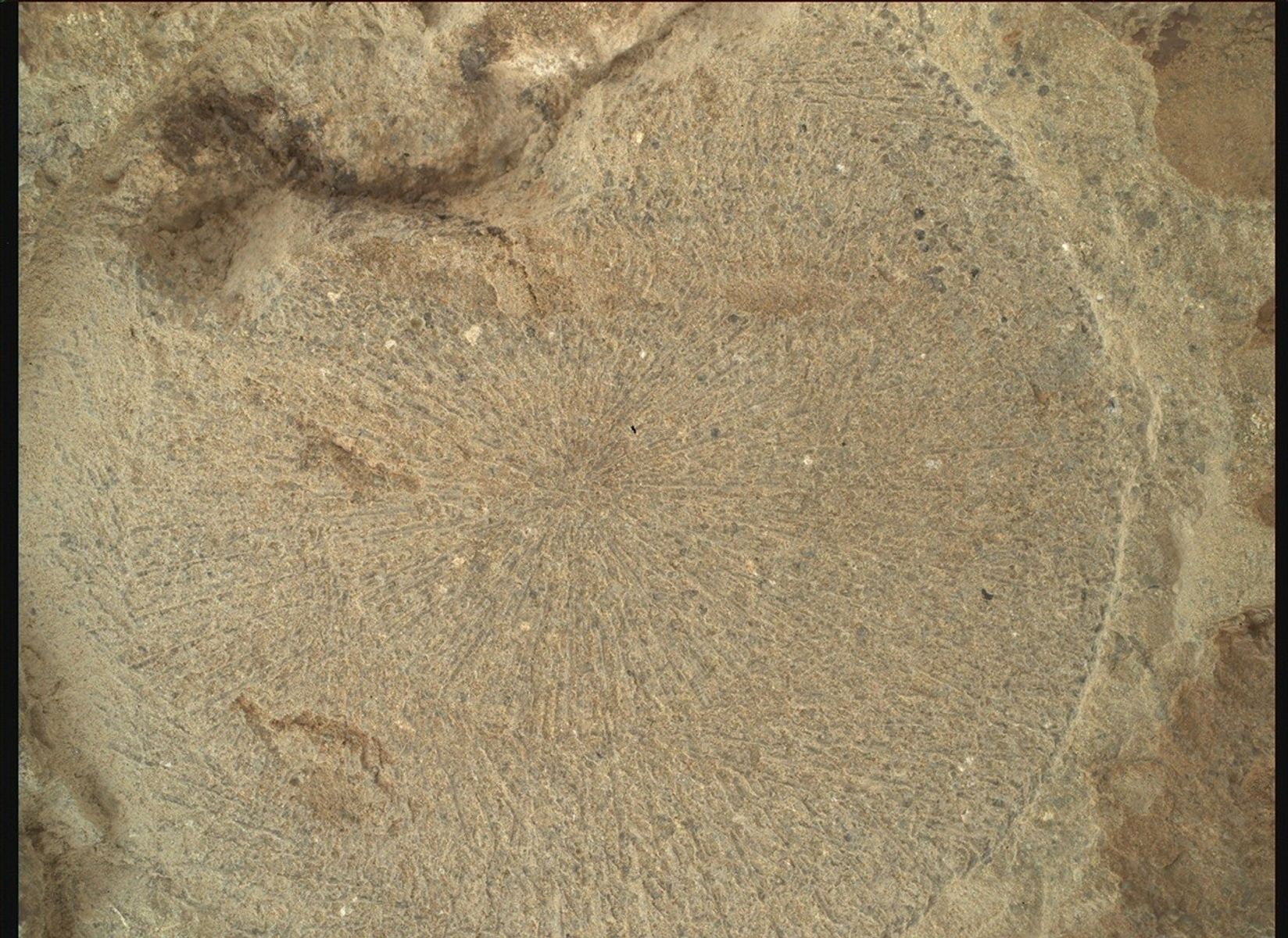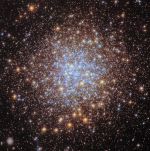Ulysses
Type
Launch
Target
Objective
What was Ulysses?
The joint ESA-NASA Ulysses mission made nearly three complete orbits of the Sun during more than 18 years in service. The probe operated more than four times its expected lifetime and made many important discoveries.
- Ulysses’ principal findings included data that showed there is a weakening of the solar wind over time (which was at a 50-year low in 2008).
- Data from the mission indicated the solar magnetic field at the Sun's poles is much weaker than previously assumed.
- Ulysses helped determine that the Sun’s magnetic field “reverses” in direction every 11 years.
- The spacecraft's May 1996 encounter with comet Hyakutake revealed comet tails are far longer than expected.
| Nation | European Space Agency (ESA) and United States of America (USA) |
| Objective(s) | Heliocentric Orbit |
| Spacecraft | Ulysses |
| Spacecraft Mass | 818 pounds (371 kilograms) |
| Power | General Purpose Heat Source Radioisotope Thermoelectric Generator (GPHS-RTG) |
| Mission Design and Management | ESA / NASA / JPL |
| Launch Vehicle | Space Shuttle Discovery (STS-41) |
| Launch Date and Time | Oct. 6, 1990 / 11:47:16 UT |
| Launch Site | Kennedy Space Center, Fla. / Launch Complex 39B |
| Scientific Instruments |
|
Firsts
First mission to survey the space environment above and below the poles of our Sun
Key Dates
Oct 6, 1990: Launch from the cargo bay of Space Shuttle Discovery
Feb 8, 1992: Ulysses became the fifth spacecraft to reach Jupiter
Jun 26-Nov 6, 1994: Observations of Sun's south pole
Jun 19 and Sep 30, 1995: Ulysses passed over Sun's north polar regions
Mar 12, 1995: Closest approach to Sun (about 124 million miles or 200 million kilometers)
Oct 1, 1995: ESA extended Ulysses’ mission and renamed it Second Solar Orbit
Jun 30, 2009: Loss of contact with spacecraft
In Depth: Ulysses
The Ulysses mission was an outgrowth of the abandoned International Solar Polar Mission (ISPM) that originally involved two spacecraft -- one American and one European -- flying over opposite solar poles to investigate the Sun in three dimensions. Eventually, NASA canceled its spacecraft, significantly eroding the confidence of international partners in the reliability of NASA as a partner, and the mission merged into a single spacecraft, provided by ESA.
The scientific payload was shared by ESA and NASA, with NASA providing the radioisotope thermoelectric generators, or RTGs (similar to the power source on Galileo), a space shuttle launch, and tracking from the Deep Space Network. Ground control operations were shared by both the Americans and Europeans.
The vehicle was designed to fly a unique trajectory that would use a gravity assist from Jupiter to take it below the ecliptic plane and past the solar South Pole and then above the ecliptic to fly over the North Pole.
Eventually, 13 years after ESA’s science council had approved the mission (considerably delayed by the Challenger disaster), on Oct. 6, 1990, about 7.5 hours after launch, Ulysses was sent on its way into heliocentric orbit via an inertial upper stage/PAM-S motor combination. Escape velocity was about 10 miles per second (15.4 kilometers per second), higher than had been achieved by either of the Voyagers or Pioneers, and the fastest velocity ever achieved by a human-made object at the time.
After a midcourse correction July 8, 1991, Ulysses passed within about 235,000 miles (378,400 kilometers) of Jupiter at 12:02 UT Feb. 8, 1992, becoming the fifth spacecraft to reach Jupiter.
After a 17-day period passing through and studying the Jovian system, the spacecraft headed downwards and back toward the Sun. From about mid-1993 on, Ulysses was constantly in the region of space dominated by the Sun’s southern pole, as indicated by the constant negative polarity measured by the magnetometer.
South polar observations extended from June 26 to Nov. 6, 1994, when the vehicle was above 70 degrees solar latitude. It reached a maximum of 80.2 degrees in September 1994. Its instruments found that the solar wind blows faster at the South Pole than at the equatorial regions.
Flying up above the solar equator March 5, 1995, Ulysses passed over the north polar regions between June 19 and Sept. 30, 1995, (maximum latitude of 80.2 degrees). Closest approach to the Sun was March 12, 1995, at a range of about 124 million miles (200 million kilometers).
ESA officially extended Ulysses’ mission Oct. 1, 1995, renaming this portion as the Second Solar Orbit. Three times during its mission, the spacecraft unexpectedly passed through comet tails -- the first time in May 1996 (Comet C/1996 B2 Hyakutake), the second time in 1999 (Comet C/1999 T1 McNaught-Hartley), and the third time in 2007 (Comet C/2006 P1 McNaught).
The spacecraft made a second pass over the solar South Pole between September 2000 and January 2001 and the northern pole between September and December 2001. At the time, the Sun was at the peak of its 11-year cycle; Ulysses found that the southern magnetic pole was much more dynamic than the North Pole and lacked any fixed clear location.
ESA’s Science Program Committee, during a meeting on June 5-6, 2000, agreed to extend the Ulysses mission from the end of 2001 to Sept. 30, 2004.
In 2003-2004, Ulysses spun toward its aphelion (furthest point in its orbit) and made distant observations of Jupiter.
ESA’s Science Program Committee approved a fourth extension of the Ulysses mission so that it could continue investigations over the Sun’s poles in 2007 and 2008.
In early 2008, ESA and NASA announced that the mission would finally terminate within the subsequent few months, having operated more than four times its design life. With communications systems failing as well as power depleting due to the decline of the RTGs (and thus allowing the hydrazine fuel in its attitude control system to freeze), the spacecraft was on its last breath at that point. Mission operations continued at reduced capacity until loss of contact June 30, 2009, more than 18.5 years after launch.
Ulysses’ principal findings include data that showed that there is a weakening of the solar wind over time (which was at a 50-year low in 2008), that the solar magnetic field at the poles is much weaker than previously assumed, that the Sun’s magnetic field “reverses” in direction every 11 years, and that small dust particles coming from deep space into the solar system are 30 times more abundant than previously assumed.
Additional Resources
ESA's Ulysses Mission Page
NSSDC Master Catalog
Key Source
Siddiqi, Asif A. Beyond Earth: A Chronicle of Deep Space Exploration, 1958-2016. NASA History Program Office, 2018.


